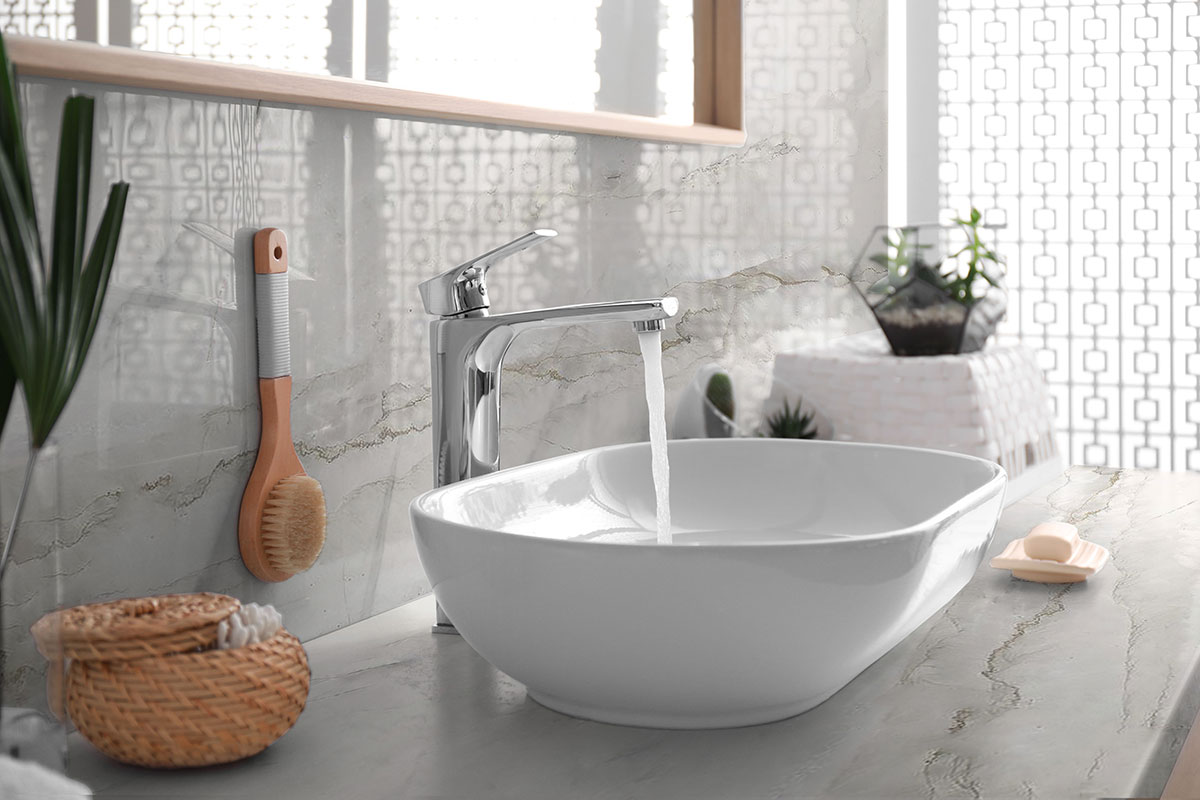Protect Your Investment: How To Clean And Seal Quartzite Countertops
May 19, 2025
Many homeowners associate quartzite with quartz, but these two countertop materials are actually very different. Unlike quartz, which is manufactured from ground natural quartz and polymer resins, quartzite countertops are made from mined natural stone that looks similar to marble.
Quartzite is created underground when sandstone is exposed to heat and pressure. The grains gently recrystallize, creating interlocking crystals that are remarkably hard and often likened in durability to granite. This natural transformation not only gives quartzite its impressive strength but also its one-of-a-kind veining and coloration, making it a favorite for those seeking the elegance of marble with greater resilience.
As a result, quartzite offers a unique combination of beauty and toughness that makes it well-suited for both kitchens and bathrooms.
Many quartzite varieties appear in whites and greys, resembling marble. Interestingly, the stone also naturally occurs in various shades, including pink and red, which are determined by iron oxide levels, as well as yellow, green, orange, and blue hues. It can be cut into slabs or tiles, making it a versatile choice for countertops, flooring, shower walls, and fireplace surrounds.
Sealing Quartzite
Quartzite is a very hard stone, which makes it resistant to chipping and etching during kitchen use. However, it’s porous and can absorb spills like wine and tomato sauce. That’s why sealing quartzite at least once a year is recommended to prevent stains and maintain its shiny, new appearance for many years. Most topical stone sealers are made from polyurethanes, natural wax, or acrylics. They are easy to apply but tend to wear off quickly.
Conversely, penetrating seals, made from siliconates and similar substances, repel liquids by soaking into the stone’s surface and typically last longer than topical sealers. Apply the sealer by spraying or wiping it on, then allow it to dry. Follow the instructions on the product label and ensure good ventilation, opening windows during application and drying, as fumes can be harmful.
Maintaining Quartzite
Once sealed, maintaining quartzite countertops is a breeze. For daily cleaning, simply use a damp cloth or mop with a few drops of mild detergent to wipe down surfaces. Alternatively, a damp microfiber cloth can effectively remove dust. It's important to avoid abrasive cleaners and those containing vinegar or citrus, as their acids can degrade the sealant, causing dullness and increasing susceptibility to stains.
Should stains occur on quartzite bathroom or kitchen countertops, address them with a commercial poultice or a mixture of baking soda and water. Apply a thick paste over the stain, cover it with plastic wrap, leave it for a day or two, and then wipe it away. Repeat if necessary.
Polishing and Restoring Quartzite
While quartzite is a durable material, prolonged use and wear can lead to discoloration, chipping, cracking, and the formation of holes. When this occurs, it's best to consult a quartzite specialist who can expertly restore, repair, polish, and hone your quartzite floors and countertops.
Quartzite is more than just a beautiful surface; it’s a long-lasting, low-maintenance countertop solution for homeowners who want the natural elegance of stone with the strength to withstand daily life. With its wide range of colors, versatile applications, and simple upkeep, quartzite brings both form and function to any space. When you're ready to elevate your home with a surface that combines timeless appeal and lasting performance, quartzite is a choice you can feel confident about.
Need more assistance in finding the perfect quartzite slab for your DIY project? Looking to buy quartzite near you? Chat with us online, visit an MSI showroom, or an MSI authorized dealer near you.
 Acquatic Quartzite
Acquatic Quartzite Cirrus Gray Quartzite
Cirrus Gray Quartzite Glacier Wave Quartzite
Glacier Wave Quartzite